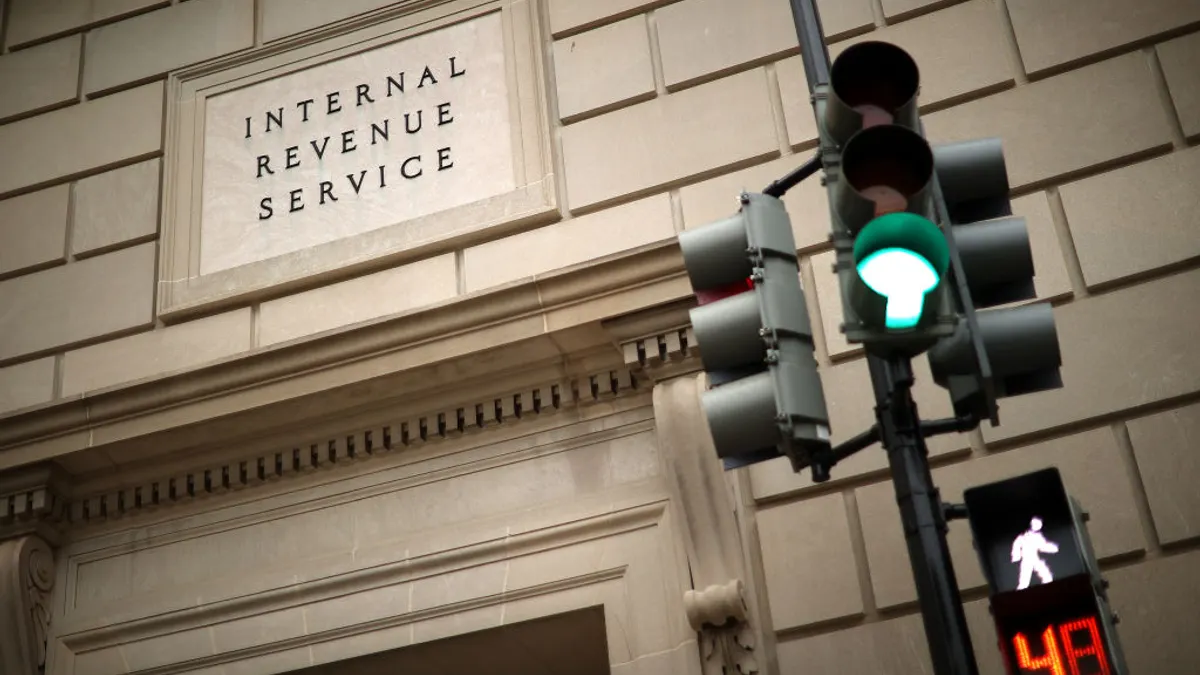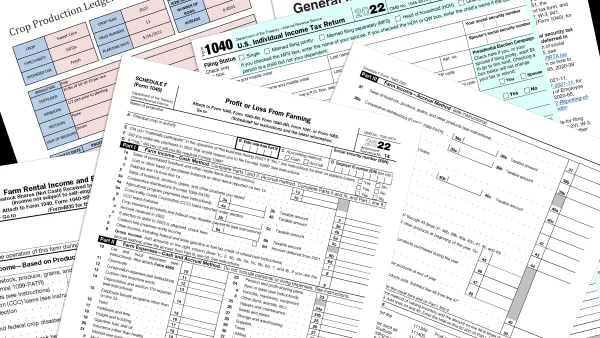New standards for lease accounting and credit losses will pose challenges for public companies filing their Form 10-Ks this spring and also for investors who must gauge what the changes mean, Moody’s Investors Services analysts said last week.
How companies account for working capital financing arrangements could also be an issue, because the instruments can pose debt obligations that might not be easily seen, the analysts said.
Also a concern is how companies report the impacts of the novel coronavirus, although these impacts can be expected to be treated more thoroughly in the year ahead since the 10-K filings are backward-looking to 2019.
"Because the spread of the coronavirus intensified in early 2020, the 2019 reported results do not include performance fallouts," the analysts said in a paper released March 4. "However, disclosure may be made by companies, largely based on timing of the filing. Companies that reported earlier in February are less likely to discuss the impact than those companies reporting in later February and beyond." The Moody's paper is not publicly available.
Because of the virus, the Securities and Exchange Commission (SEC) in early March provided an extra 45 days for companies to get their filings in if they submit an explanation of why they need more time. The extended deadline applies to companies required to report between March 1 and April 30. The companies can get even more time beyond the 45 days if they can make a case for it to the SEC.
Lease accounting impact
One of the biggest areas of uncertainty companies face in their reporting this year is the impact of new lease accounting rules. The new ASC 842 rules took effect for public companies at the beginning of 2019 and require them to disclose operating leases on their balance sheet, both as an asset and a liability, in the same way capital leases are treated. Prior to the change, operating leases were disclosed as expenses on the income statement and in the footnotes to the financials.
This will be the first time companies have had to show the impact and there remains uncertainty over how to do that. "We may expect refinements or inconsistencies between companies’ disclosures as practice develops through the transition period," said the analysts.
One inconsistency the analysts expect to see is to the lease operating cash flow presentation, which can affect funds from operations (FFO).
FFO is not recognized under generally accepted accounting practices (GAAP), but it’s a widely used metric and how the new standards affect it will bear watching.
FFO is generally defined as cash from operations prior to accounting for changes in working capital and other operating assets and liabilities. The analysts said it shouldn’t be affected by the lease accounting changes unless lease expenses are recognized in net income.
Even so, they expect some companies to report the amortization of the asset in the non-cash adjustment section of operating cash flow. Some companies also might include non-cash operating lease expenses as non-cash adjustments. That could lead to an increase in FFO.
Current expected credit losses
The way companies are required to show expected credit losses is another big first for this year’s filings.
The change mainly affects banks, but any company that extends credit might have to use the new current expected credit loss (CECL) standard in their filing. That extension of credit could include not just the company’s loan holdings but any held-to-maturity debt securities, trade receivables and off-balance sheet credit exposures.
Under CECL, companies have to show all of the expected losses upfront, when they extend their credit, which means they have to conduct an extensive exercise to account for all the factors that could cause losses.
Prior to the change, companies showed expected losses on an incurred basis, which gave them time to see how the loan performed before estimating losses.
The analysts said CECL adoption will likely cause most banks and other financial institutions to increase loan loss reserves and reduce capital slightly, but their overall loss-absorption capacity will be essentially unchanged.
"The accounting change by itself is unlikely to change our assessment of banks' standalone credit strength," they said. "However, if a bank were to restore its capital ratios to what they were before CECL or otherwise offset the impact of the change, this would be credit positive."
But the change could impact companies in another way: they could see increased earnings volatility and decreased peer comparability. That could cause "investor uncertainty and raise funding costs," they said.
The decreased peer comparability stems in part from the delay in requiring CECL for private companies. The start date for private companies is in 2021, so until then, the two types of companies are following different standards.
Working capital financing
A growing area of uncertainty is the financing programs companies use to improve working capital management. These programs are becoming more popular because they can help companies maximize cash, reduce late payments, and earn early-payment discounts, but there’s no standard on how to show these arrangements in filings.
These programs, in effect, are debt obligations, but few companies disclose them in their reporting as such. "These programs can … mask a lack of long-term sustainability of reported operating cash flow," the analysts said.
In a typical program, a company that sells a product or service to another company will enter into a factoring arrangement with a bank to get paid upfront, at a discount. In a reverse-factoring version of this, the buyer negotiates the supplier payments with the bank.
There’s been a 30% increase in these types of agreements over the last three years, the analysts said.
"The identification and analysis of these arrangements is complicated by inconsistent disclosure," they said.
To the extent companies take up the offer by the SEC to extend their filing deadline, investors and others wanting to see how companies account for these issues in their reports might have to wait until mid-June, if not later.





















